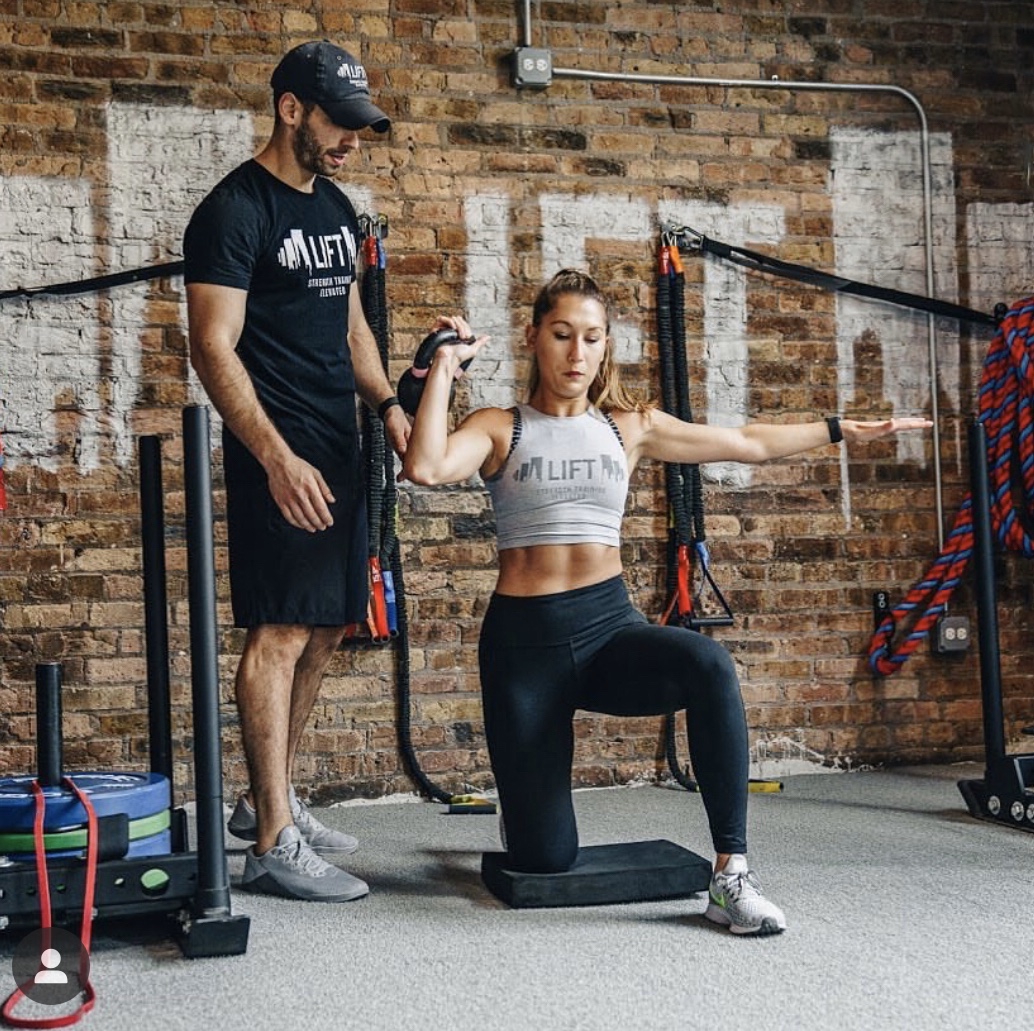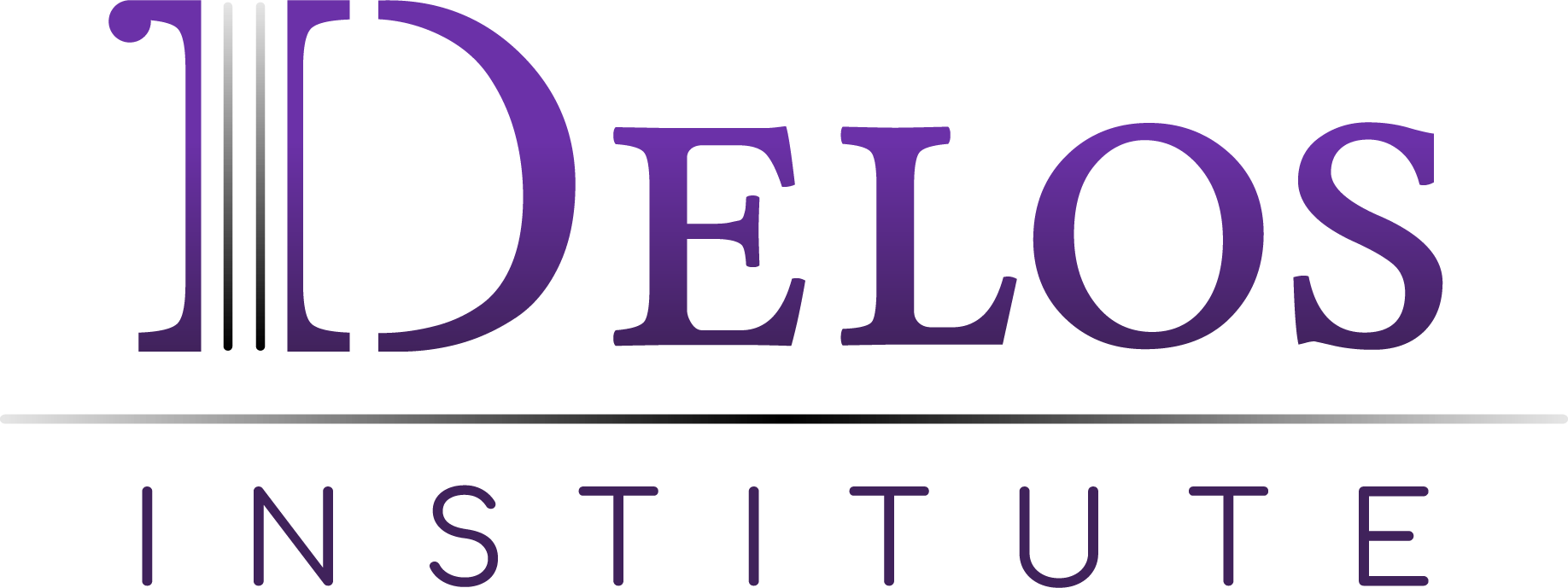
The Problem
Have you ever been faced with a staircase after leg day in the gym and needed to use the handrails just to conquer the climb? Muscle soreness impacts execution in fitness and sometimes even day to day activities. Our client and crossfit athlete Imran claims, “I work out almost every day and continuing to train on that soreness opens you up to the potential for injury and muscle tears. Who needs that?”
Think of all the time and money we spend to get into a fitness routine. We buy yearly gym memberships, seek out coaches and communities to train with that keep us accountable, plan nutrition programs, and invest in new gear. Some of us carve out time in our busy schedules to strategize training checkpoints and peaks, often taking months or even years of consistency to prepare for a competition or goal. Some of us enjoy working out for stress management and look forward to sweating it out. Whether we’re invested in a specific training program or taking advantage of the benefits of exercise for general well-being, the last thing any of us want is for prolonged muscle soreness to get in the way.
What is delayed onset muscle soreness (DOMS) about and what does it mean for our training? Does training through DOMS change how fast a muscle grows? And of course, it’s uncomfortable, so how do we get rid of it?
What is DOMS?
Also known as “muscle fever,” DOMS occurs when muscle soreness, heaviness, inflammation, and lost range of motion peak about 24 to 48 hours after a workout, and typically resolve within about five days or less.
There are a few ideas floating around about what this means for training. A common thought is that more soreness means more damage to muscle fibers, which then produces more muscle growth. This can naturally direct committed gym-goers to seek out exercises to create that intense post-workout burn and use the level of post workout soreness to gauge the effectiveness of their workout. DOMS can also cause many to dial back or cancel upcoming workouts due to discomfort, for fear of tearing the muscle too much by creating injury, or not being able to execute movement and give their best at an upcoming event or competition.
Components that are found to increase the likelihood of experiencing DOMS are genetics, training with eccentric exercises, dehydration, and already present inflammation. Recommendations to help get rid of DOMS range from stretching or doing a lighter workout to increase circulation and lymph flow to drinking tart cherry juice for its anti-inflammatory benefits and antioxidants or using amino acids to repair muscle tears.
New Research & Fascial Pliability
More and more research is emerging about the impact of fascia on other systems of the body. Recent evidence shows that DOMS can happen even in the absence of muscle damage, and experts in food science found higher turnover of the fascial net during times of muscle growth. These findings are a part of the growing body of research that suggests that fascia may play a greater role in muscle growth than we had previously considered, which allows us a new, structural way to look at DOMS.
Each person’s fascia is equipped with a unique genetic makeup and is responsible for force transmission, lubrication, and sensory feedback for our working muscles. Fascia engages directly with the systems responsible for increasing your chances of DOMS – movement, hydration, and inflammation.
Delayed Onset Muscle Soreness and Genetics
Your genetic make-up partly determines how many fibroblasts (or fascia builders) you have, how fast they work, and how much collagen (reinforcement) they lay down. People with more fibroblasts and higher fibroblast activity are genetically inclined to tighten faster and may be prone to experiencing DOMS.
Movement
We know that fascia builds stronger in response to repetitive motions and becomes fibrotic without it. As fascia builds, movement and force transmission become more efficient, resulting in better workouts with less effort. As reinforcement continues, fascia can build itself out of pliability and into fibrosis, locking down the movement of underlying muscle fibers. Over time, this develops into dysfunction, whereby sarcomeres and portions of muscles are unable to be recruited in training. This negatively impacts all strength and endurance training because muscle fibers cannot grow if they are not called into action.
Remember those food scientists? They found that mature collagen crosslinks are more problematic in limiting muscle growth than a high quantity of immature collagen structures. A compromised fascial structure is essentially dead-weight and may further develop into a precursor for injury. Locked muscle fibers cannot respond to accommodate varying movement demands and can more easily be pulled, torn, or forced past their limit.
Hydration & Inflammation
Fibrotic and congested fascia block the pathways that your circulatory and lymph system use to hydrate and disperse nutrients into muscles both during and after a workout. Without access to nutrients and water, you cannot count on absorbing all of the water and supplements you’re guzzling, let alone the cherry juice, extra protein, aminos, and antioxidants! On the reverse, congested tissue creates pockets of stagnation and keeps your body from metabolizing and flushing post-workout waste metabolites. Stagnant waste metabolites in your muscles irritate sensory nerve receptors located in the fascia, and any prolonged irritation to the nerves can cause an inflammatory/immune response that can lead to further fibrosis. Did you know that your fascia has 7-times more nerve receptors than your muscles? DOMS may instead be a product of an irritation to the nerve receptors in your fascial net!
Because fascia can transmit force in all directions, encapsulating long lines of muscles from head to toe, the enervated fascial net may help to explain why soreness can extend outside the boundaries of individual muscles and create expansive DOMS after a hard workout.
DOMS Treatment
Stretching fascia is important to maintain the health and pliability of your tissue and to keep DOMS out of the equation. Keep in mind that there are varying degrees of build-up and tightness within your muscles, and not all areas of fascia are going to respond the same. Conventional stretching is beneficial for tissue that is already pliable, but it won’t do anything for built-up or dense and fibrotic fascia. How can you tell if your tissue is pliable or fibrotic? Press into it. Healthy muscle should feel soft and pillowy in a relaxed state, just ask a power-lifter. If it feels achy, hard/contracted, knotted up, and sensitive to pressure, you can bet that fascia is in need of help. The most effective way that we have found to stretch tissue, regardless of the degree of pliability, is to stretch into the tissue with targeted, multidirectional, and heavy pressure. You may be surprised to see that in a short amount of time, by isolating and continuously breaking down problematic fascia, Delos Therapy can reinstate the body’s ability to utilize its natural healing mechanisms, open up the tissue to receive all of the benefits of your hard-earned work, maximize training, make those muscle gains, and build a habit of long term muscular health.
Final Thoughts
Experts in many fields and developing bodies of research are finding that accumulation and solidification of collagen on the fascial net creates problems. It may limit muscle performance and growth as well as a being a primary player in DOMS. Fascia engages with the systems involved in DOMS and has implications past that of optimizing muscle growth. By working with the structure of the mechanisms that move us, we can troubleshoot problems like DOMS, be empowered to address the root of the problem, and make more informed decisions to benefit our training and long-term health.
Why invest time and resources into a training program that isn’t maximized? How fast could we meet our training goals and enjoy our time if we didn’t have to wait out DOMS?
This is what we commit to at Delos Therapy for all of our patients and athletes alike. Our team is committed to relieving pain, restoring function, optimizing movement and celebrating muscular health and longevity.
- Nutrition & Muscular Health: The Missing Link in Absorption, Part II - September 17, 2020
- Nutrition & Muscular Health: The Missing Link in Absorption, Part I - September 10, 2020
- An Anti-Inflammatory Diet for Muscular Health - July 7, 2020


